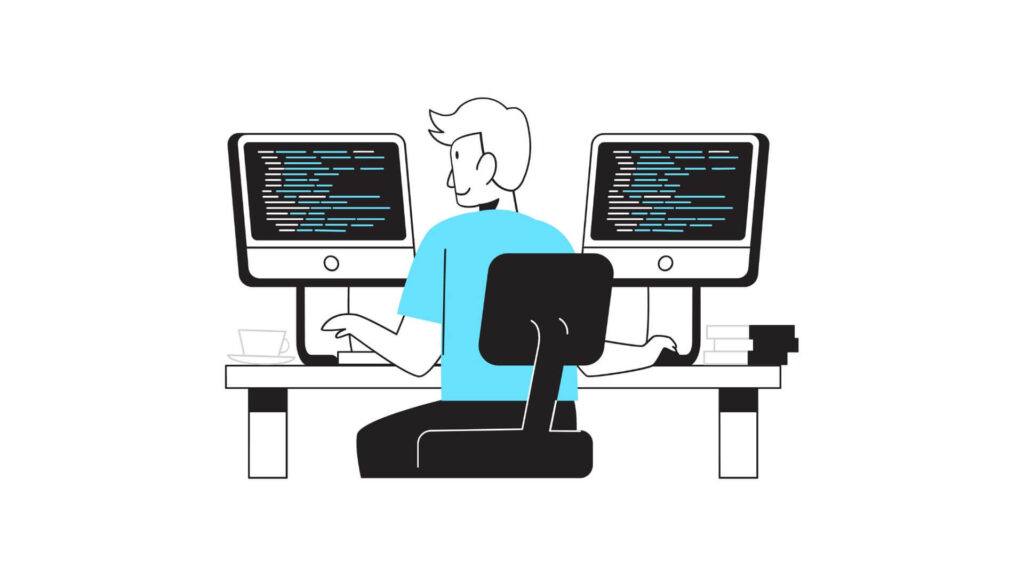How to Make ChatGPT Sound More Human

ChatGPT is smart. Really smart. But sometimes, the responses can feel a little… robotic. If you’ve ever read an AI-generated sentence and thought, “No one talks like that,” you’re not alone. Whether you’re using AI for content creation, marketing, customer support, or just conversation, learning how to make ChatGPT sound more human is a skill that pays off.
In this guide, we’ll show you practical ways to tweak your prompts, steer tone, add personality, and get natural-sounding output from ChatGPT—without needing to be a prompt engineer or programmer.
Why ChatGPT sometimes sounds robotic
Before we fix it, let’s understand the problem. Here’s why ChatGPT can come across as stiff or unnatural:
- Too formal by default, especially when answering fact-based questions
- Overuses certain phrases, like “as an AI language model” or “in conclusion”
- Lacks contractions, which humans use all the time
- Repeats words or ideas because it’s playing it safe
- Doesn’t always mirror your tone unless told to do so
The good news? All of that is fixable.
Step 1: Tell it how to sound
Yes, it’s that simple. ChatGPT responds way better when you’re clear about the tone, voice, or personality you want.
Examples:
- “Answer casually, like a friend texting me.”
- “Write this in a friendly, witty tone—no corporate buzzwords.”
- “Make this sound like something a human would say, not an AI.”
- “Use contractions and everyday language.”
- “Explain like I’m five.”
Don’t be vague—get specific. You’ll be shocked how fast the tone shifts.
Step 2: Use contractions (or ask for them)
People don’t say “I do not think this is a good idea.” They say “I don’t think this is a good idea.”
Adding contractions like I’m, you’re, we’ll, it’s, don’t, can’t makes everything sound more relaxed and real.
If ChatGPT isn’t using them naturally, add this to your prompt:
- “Use contractions like a human would in casual speech.”
Better yet—ask it to rewrite existing output with contractions added.
Step 3: Avoid overly formal phrasing
If your AI response starts with, “In today’s fast-paced digital world…”—scrap it. That’s not how real people talk. It’s a dead giveaway that AI wrote the sentence.
Instead:
- Cut introductions that don’t say anything new
- Use natural transitions: “Also,” “So here’s the deal,” “Let’s break it down,” etc.
- Keep sentences short and punchy
- Swap passive voice for active voice: “The plan was approved” → “We approved the plan”
The goal is flow, not formality.
Step 4: Inject personality (but gently)
One way to make ChatGPT sound more human is to make it sound less robotic—but that doesn’t mean cramming it with jokes or emojis. Instead, add a light tone of voice that feels like it’s written by someone with a pulse.
Prompt examples:
- “Write this in a confident but conversational tone.”
- “Use a bit of dry humor, like a sarcastic coworker.”
- “Keep it helpful but with a little attitude.”
- “Use analogies or relatable examples if possible.”
You can even name a style:
- “Write this like it’s coming from someone who’s tired of BS corporate language.”
- “Make it sound like a helpful teacher who actually likes their students.”
Step 5: Add filler—strategically
Hear us out: filler isn’t bad when used well. A little “kind of,” “honestly,” or “you know” mimics how people speak.
Examples:
- “Honestly, that’s not a great idea.”
- “Here’s the thing…”
- “If we’re being real, that app doesn’t do much.”
- “You might think this is obvious, but stick with me.”
Used sparingly, these phrases help ChatGPT mimic natural conversation patterns—without going full-on teenage TikTok mode.
Step 6: Break the structure
AI loves structure. Intros, lists, conclusions, call to action. But real people? They ramble. They jump around. They stop mid-thought and change direction.
Want it to sound more human? Tell it:
- “Write this like a voice memo.”
- “No need for a structured conclusion—just end where it feels natural.”
- “Skip the numbered lists—use casual flow instead.”
Or go further:
- “Break grammar rules on purpose. Use sentence fragments. Vary sentence length.”
This tells ChatGPT it doesn’t need to be an A+ student all the time.
Step 7: Feed it examples
AI learns fast when it sees what you want. Paste a paragraph or two of your own writing and say:
- “Match this tone.”
- “Rewrite my draft using this voice as a base.”
- “Here’s how I talk—now use that style to rewrite your answer.”
You can even give it a transcript from a podcast or article you love and say:
“Write like this person.” Boom—style match unlocked.
Step 8: Use follow-up prompts to refine tone
Don’t settle for the first version. Treat ChatGPT like a human editor—go back and forth.
Sample refinements:
- “Make that less stiff.”
- “Add some playfulness.”
- “This sounds too scripted—loosen it up.”
- “Use simpler language.”
- “Make it sound like it was written by someone with actual opinions.”
This iterative process trains the model to meet your expectations—and you’ll get sharper, more natural output each time.
Common mistakes to avoid
Let’s keep it human—but not cringe. Watch out for:
- Over-editing into slang: Too many “yo” or “bruh” moments make it feel fake
- Trying to be funny: Humor is tricky. Unless you’re guiding it carefully, leave the jokes light
- Repeating prompts: ChatGPT can get stuck in loops. If it keeps sounding robotic, start a new chat
- Asking for “human tone” without explaining what that means: Be specific about what your human tone sounds like
Bonus: Prompt templates for natural output
Here are some plug-and-play prompts to get more human results:
- “Explain [topic] to a friend who’s smart but not technical.”
- “Summarize this like a coworker venting over coffee.”
- “Write this email like someone who knows what they’re doing but doesn’t take themselves too seriously.”
- “Make this sound like it was written by a human trying to be helpful—not a marketing robot.”
- “Keep this short, punchy, and like something I’d actually say in real life.”
You’ll start noticing big improvements with prompts like these.
Final thoughts: how to make ChatGPT sound more human
The secret to making ChatGPT sound more human isn’t some magical formula—it’s clarity. Tell it what you want. Feed it your style. And then, tweak until it feels like you wrote it (or someone you’d actually enjoy talking to).
Because while ChatGPT might be powered by AI, the best results happen when you bring the voice, the taste, and the final polish.



